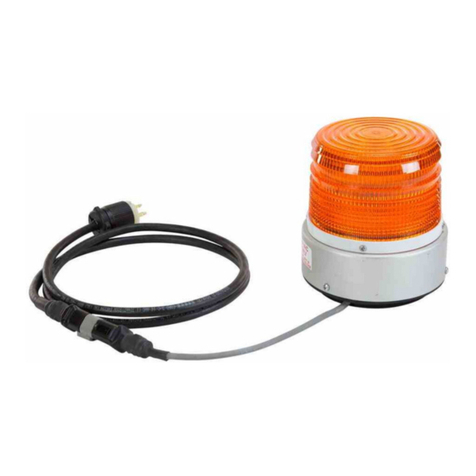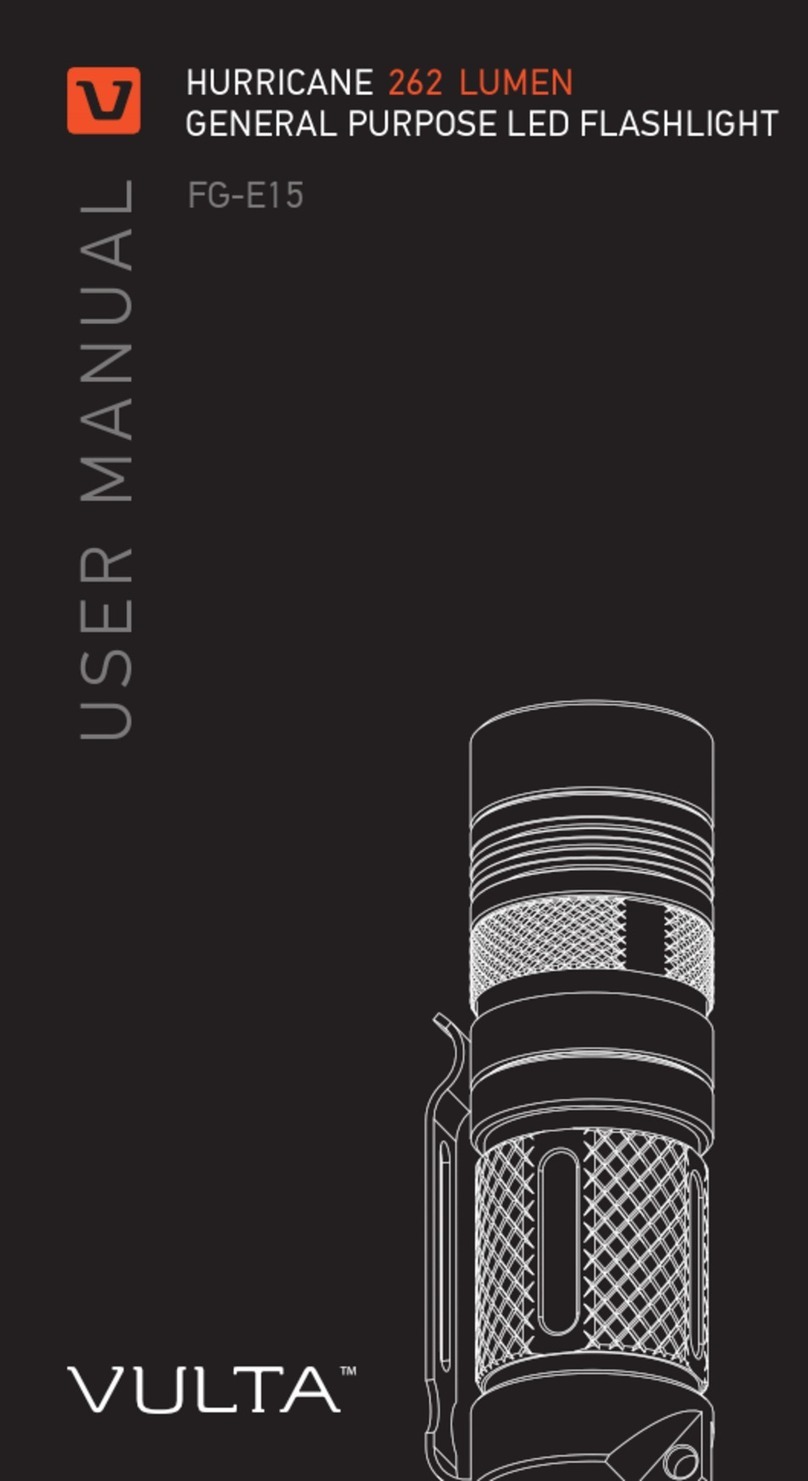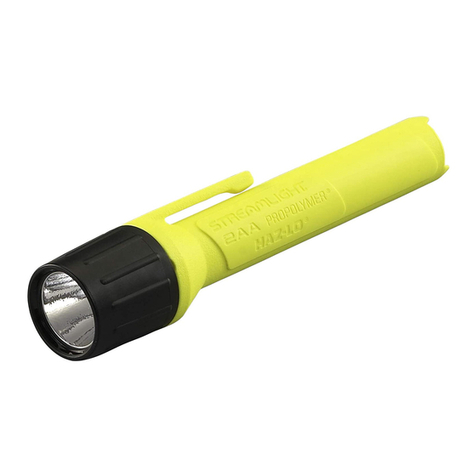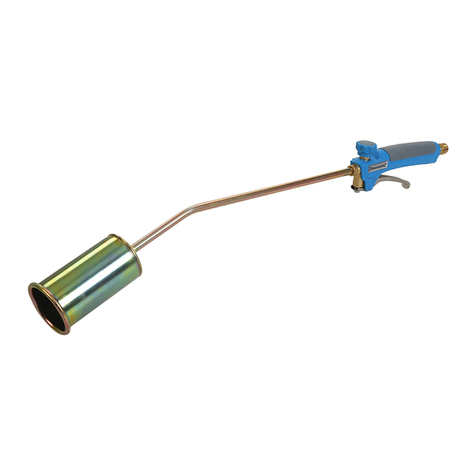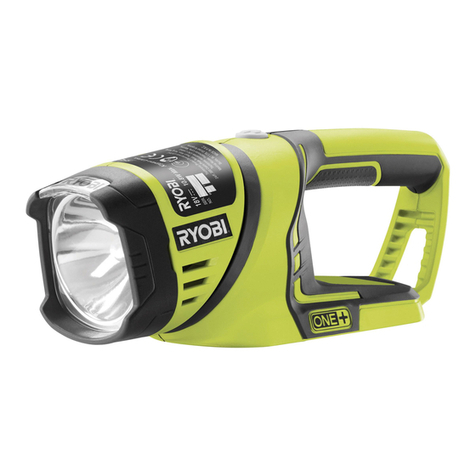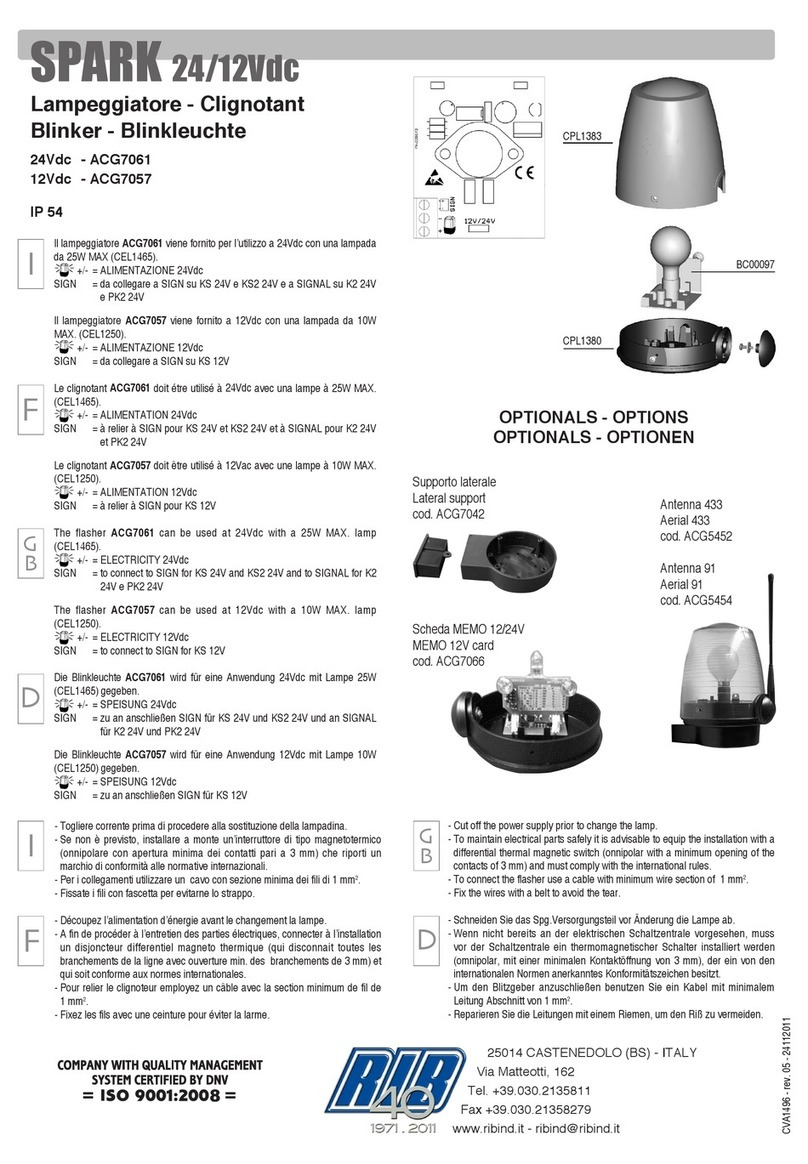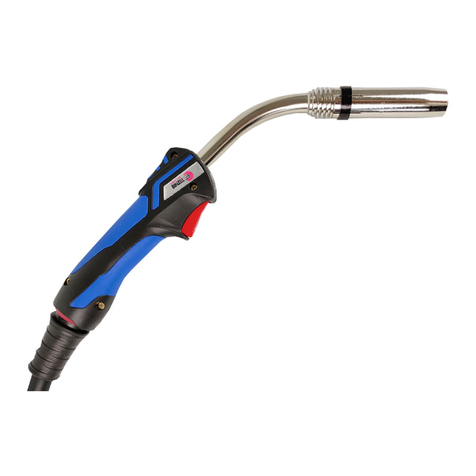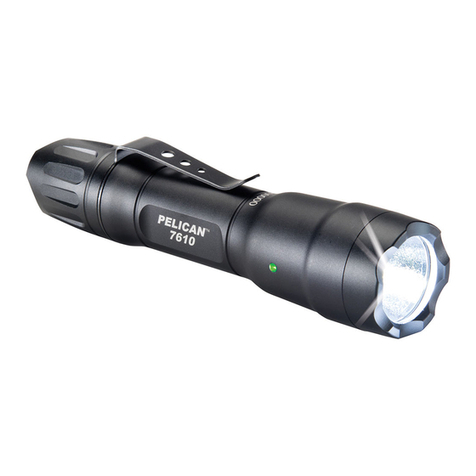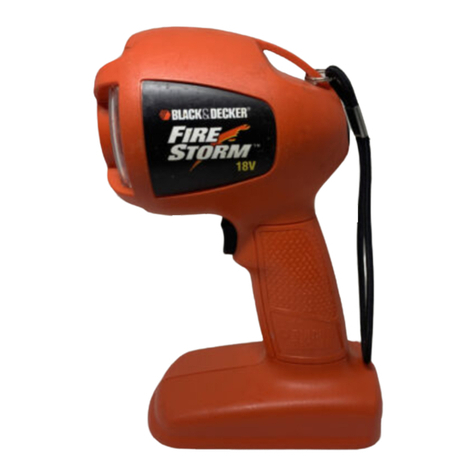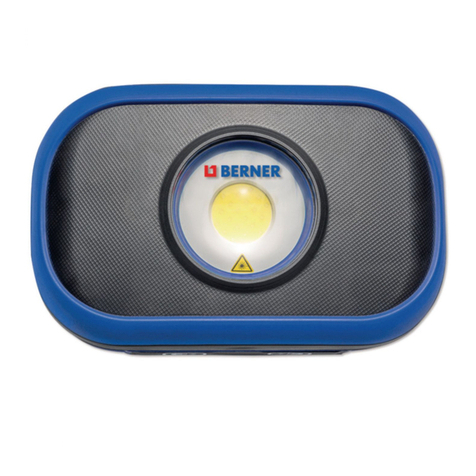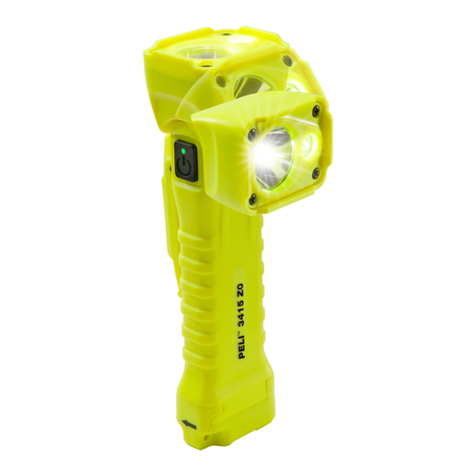_______________________________________________________________________________________________________________________________
European
Safety
Systems
Ltd.
Impress House, Mansell Road, Acton, London W3 7QH [email protected]m Tel: +44 (0)20 8743 8880 www.e2s.com Fax: +44 (0)20 8740 4200
Document No. IS 5002 Issue G 25-01-2018 Sheet 1 of 4
INSTRUCTION MANUAL
IS-mB1 Minialite
Intrinsically Safe Round LE Beacon
1. INTRODUCTION
The IS-mB1 is an ATEX and IECEx certified intrinsically safe
beacon which will produce a visual warning in a hazardous
area. Red, Amber, Green and Blue output models are
available.
2. DESCRIPTION
The device will start to flash when power is applied to
terminals + and -. The beacon has two flash rates one double
flash per second and two double flashes per second. The
flash rate is selected by setting an internal pin header. The
unit is factory set to produce two double flashes per second.
3. SUPPLY VOLTAGE
The IS-mB1 beacon has been designed to operate in a
hazardous area via 28V 300 ohm ATEX and IECEx certified
Zener Barriers or Galvanic Isolators. The beacon may be
tested or used in safe areas without a Zener Barrier or
Galvanic Isolator, but at supply voltages above 16V the
internal current limit will function and the brightness may be
reduced. The beacon should not be continuously operated
without a barrier or isolator with a supply voltage greater than
16V.
4. INTRINSIC SAFETY CERTIFICATION
4.1 ATEX certificate
The IS-mB1 beacon complies with the following standards:-
EN60079-0:2012
EN60079-11:2012
IEC60079-26:2014
The EC-Type Examination Certificate SIRA 04ATEX2084X
has been issued by the Notified Body Sira. This confirms
compliance with the European ATEX Directive 94/9/EC for
Group II, Category 1G equipment. The beacon carries the
Community Mark and subject to local codes of practice, may
be installed in any of the EEA member countries.
This instruction sheet describes installations which conform
to EN60079:Part14:2008 Electrical Installation in Hazardous
Areas. When designing systems for installation outside the
UK, the local Code of Practice should be consulted.
1) The certification marking is as follows:
e2S
european safety systems ltd.
London W3 7QH UK
www.e2s.com
WARNING:
TO AVOID A POSSIBLE ELECTROSTATIC
CHARGE ONLY CLEAN WITH A DAMP CLOTH
IS-mB1 Beacon
II 1G Ex ia IIC T4 Ga (-40ºC <=Ta<= +60°C)
0518
SIRA 05ATEX2084X
Year / Serial No. 09 / 1MBR000001
IECEx SIR 06.0045X
Ui = 28V Ii = 660mA Pi = 1.2W
Ci = 0 Li = 0
2) The equipment may be used in zones 0, 1 and 2
with flammable gases and vapours with apparatus
groups IIA, IIB & IIC and with temperature classes
T1, T2, T3 and T4.
3) The equipment is only certified for use in ambient
temperatures in the range -40
o
C to +60
o
C and
should not be used outside this range.
4) The certificate number has an ‘X’ suffix, which
indicates that the certificate contains one of more
special conditions for safe use. Those installing or
inspecting the equipment should refer to this section
of the certificate.
5) The equipment has not been assessed as a safety-
related device (as referred to by Directive 94/9/EC
Annex II, clause 1.5).
6) Installation of this equipment shall be carried out by
suitably-trained personnel in accordance with the
applicable code of practice.
7) Repair of this equipment shall only be carried out by
the manufacturer or in accordance with the
applicable code of practice.
8) The certification of this equipment relies on the
following materials used in its construction:
Enclosure: ABS Plastic
Lens: Polycarbonate
If the equipment is likely to come into contact with
aggressive substances, then it is the responsibility of
the user to take suitable precautions that prevent it
from being adversely affected, thus ensuring that the
type of protection is not compromised.
“Aggressive substances” - e.g. acidic liquids or
gases that may attack metals, or solvents that may
affect polymeric materials.
“Suitable precautions” - e.g. regular checks as part
of routine inspections or establishing from the
material’s data sheet that it is resistant to specific
chemicals.
The IS-mB1 beacon is CE marked for
compliance with the European Explosive
2014/34/EU and the European EMC
Directive 2014/30/EU



